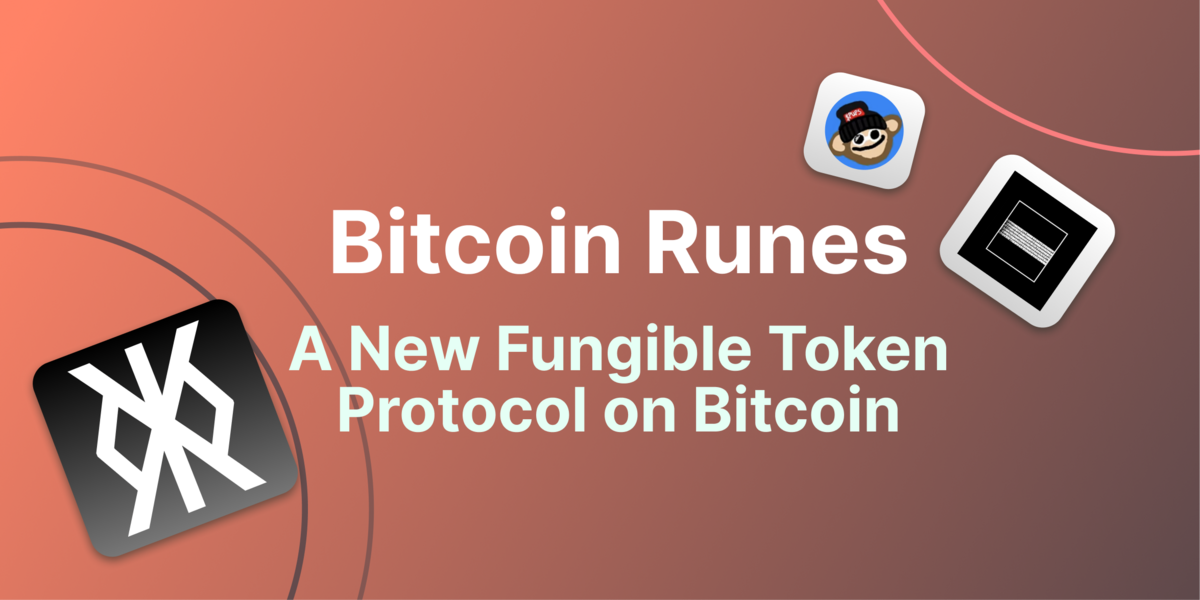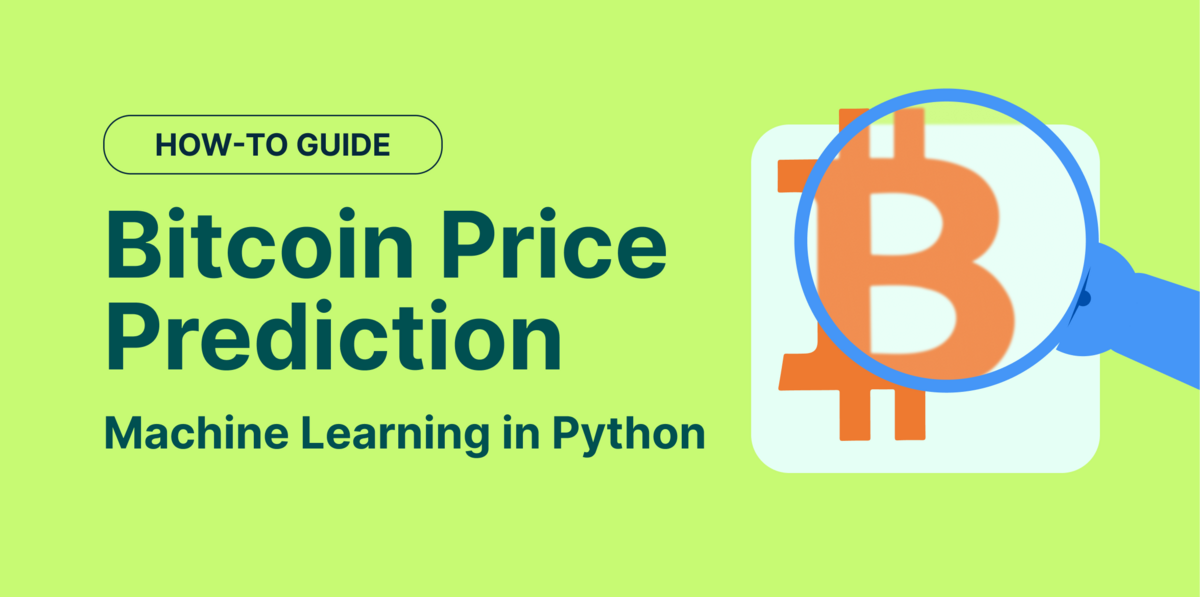What Is The Relative Strength Index (RSI)?
The Relative Strength Index is a momentum indicator, meaning it provides a measure of the strength and direction of a price trend. It is plotted on a line graph on a scale of 0 to 100 and indicates overbought and oversold conditions.
Key Takeaways
-
The RSI indicator can signal potential entrance and exit points for long and short positions when it crosses the value thresholds for overbought and oversold conditions.
-
Midpoint Value Crosses can indicate whether there is a bullish or bearish bias in a trend, identify periods of consolidation, and can be considered as a potential indicator for a trend reversal.
-
The RSI also presents market signals through divergences and swing failures.

When managing trades, it is important to measure trends and whether sentiments around an asset is growing or diminishing. The Relative Strength Index (RSI) gives traders an insight into overbought and oversold solutions, signalling potentially entrance and exit points.
Understanding the Indicator
As mentioned above, the Relative Strength Index is a momentum indicator, providing a measure of the strength and direction of a price trend. It oscillates on a scale from 0 to 100 and indicates spells of excessive buying or selling. Commonly, these periods are signified when the oscillator surpasses a value of 70 (overbought) or falls below 30 (oversold).
Some traders augment this rule when in the presence of a bull or bear market, suggesting that one should instead apply the signals of overbuying/selling when the indicator features a value greater than 80/lower than 20. One proponent of this argument is John Murphy, a popular American financial analyst. Additionally, to comply with the volatility common to crypto employing the stochastic RSI— a more sensitive measure than RSI alone— can also be beneficial. However, the standalone RSI indicator also provides a number of signals.

The RSI indicator can sufficiently signal potential entrance points for long and short positions. If the RSI crosses from below 30— meaning it has previously been recognized as oversold— to above 30, it suggests the bears are finally dozing off and the bulls are waking up, marking the potential for the opening of a long position. Similarly, if the indicator crosses from above to below 70 the buyers begin to subside and the sellers are stirred into taking action, signifying the potential to open a short position. Among these indications, they also provide reason to close a short or long position.
Calculating the RSI
As with all indicators, understanding its process before the signals it provides can be hugely beneficial to utilizing the RSI. The RSI, traditionally, determines the change in a security’s price over a 14-period time frame. This can be extended or contracted, but the formula follows the same process:
RSI = 100-[100/(1+RS)]
Where:
RS = average gain over 14-periods/average loss over 14-periods
Albeit an overtly simple calculation, most traders will never have to perform it manually as it is readily available on most trading platforms. GeckoTerminal makes this a straightforward process. Simply select a desired crypto liquidity pool and then select “indicators,” and the RSI will appear in a graph below.

Midpoint Value Crosses
Most traders use the previously mentioned extreme values to generate signals. But the RSI can afford many other insights in the way of indicators. Particularly, through the midpoint value, which can be applied in the following ways:
Indicating Trend Bias
The midpoint of 50 can help traders garner insight into the sentiment featured in their market. It houses a trinity of implications. Firstly, it can indicate when there is a bullish or bearish bias in a trend. While this is usually judged on a discretionary basis, the trend bias is assessed by the amount of time the RSI action takes place above the 50 level (in the case of a bullish bias), or below (bearish bias). Notice in the figure below (WETH/USDC crypto liquidity pool) the dominating nature of the RSI action above the 50 line (with no breach of the line), and the expansion that follows this signal.

Comparably— and this alludes to the discretionary nature of the midpoint value— notice in the image below the predominant RSI action that takes place below the 50 line, with few breaches. We can still infer the bearish bias of the market, as depicted by the down trend exemplified in the price action, despite the occasional breach of the midpoint value of the RSI.

Identify Periods of Consolidation
Secondly (and noted by CryptoCred, check him out @CryptoCred on Twitter), the midpoint value can be used to identify periods of consolidation. This occurs when the RSI is continuously chopping through the midpoint, alluding to the neither continuing nor reversing nature of the price action (hence consolidation). After this period of consolidation, the RSI action chooses to break towards the upside or downside, projecting the expansion or contraction that follows in the price action. This is shown in the WBTC/USDC crypto price action below.

Potential Indicator for Trend Reversals
Thirdly, some traders treat the RSI as a potential indicator for a trend reversal. This is done by placing the 50 line under the guise of a dynamic support or resistance line. If, as shown below, the RSI action is above the 50 line, the midpoint line acts as a support; if below the 50 line the midpoint line acts as a resistance. Trend reversals occur when the RSI action crosses the midpoint (I should clarify this is synonymous with the “50 line”) and the 50 line fails to maintain its appearance as a level of support or resistance.

Standard and Hidden Divergences
The RSI also presents market signals through divergences, as showcased by most articles seeking to describe the indicator— and for good reason. Divergences, as described by J. Welles Wilder “are the single most indicative characteristic of the relative strength index.” Simply, divergences occur when the price action moves in the opposing direction to an oscillator: in this case the RSI. This provides insight into the weakening or strengthening nature of a trend. Divergences can take two forms: standard or hidden.
Standard Divergences
Bullish standard divergences occur when the price action reaches lower lows (LL), while the RSI action takes on higher lows (HL). You can see an example of this in the below chart.

As indicated above, the price action of WBTC/USD reaches lower lows as the RSI reaches higher lows, alluding to the divergence of the oscillator from the price. Conversely, bearish standard divergences materialize when the price action reaches higher highs (HH), as the indicator seeks lower highs (LH).
Hidden Divergences
The hidden form of bullish or bearish divergences occur in a slightly different way. A bullish hidden divergence appears when the price reaches higher lows (HL), as the indicator reaches lower lows (LL). Meanwhile a bearish hidden divergence is present when price reaches a lower high (LH) as the indicator achieves higher highs (HH). While this sounds more confusing, traders can try to remember these patterns visually. Note the hidden bearish divergence below.

These divergences can help indicate when the strength of a trend is waning. For example, in an uptrend, if a bearish divergence reveals itself one can take a counter-trending position, ultimately waiting for the bulls to get tired and the bears to pounce. Essentially, it can be hugely beneficial in order to avoid buying the top or selling at the bottom.
The Potential for Failure Swings
Nevertheless, there is always potential for a failure swing. Failure swings occur when the RSI action is at an extreme value (i.e., above 70 or below 30), and the RSI fails to make higher highs or lower lows, and instead reverses in the opposite direction. So, in the event the RSI is above the extreme value of 70, fails to make a higher high during a price uptrend (price has made a HH), and breaks a previous bottom during a retrace (often referred to as the fail point), it can reverse in the opposite direction, as seen in the image below:

The RSI action is above 70, fails to make a higher high during a price uptrend, and breaks the previous bottom during that retrace, indicating the RSI continues in a downwards direction, triggering a short signal. The highlighted area below follows the point where the RSI action breaks the line set by the previous retracement/ “fail point.”

As expected, a failure swing bottom occurs when the RSI is below 30, the RSI action fails to make a lower low during a price downtrend (the price has made a lower low), and breaks the previous fail point, indicating a potential long signal. RSI swing failures are used for entering positions through anticipating trend reversals, exiting currently held positions, or —like divergences— to avoid buying/ selling the top/bottom.
Flaws
While the RSI is ideal for indicating overbought/oversold/trend-reverting conditions, it does not offer proper means for confirming a trade. Like most indicators, the RSI should be subjected to further analysis once a signal is indicated. Particularly in the erratic crypto market, other indicators that provide additional assertion to a trade decision are useful.
Bollinger Bands, VWMA, and RSI Strategy
An example of a combined strategy is using the RSI, a volume weighted moving average (VWMA), and Bollinger Bands. This strategy acts as a sort of rubber band that stretches and creates tension to move in the opposite direction as the indicators are tested. Uniquely, it features two sets of Bollinger Bands: one of a higher standard deviation (BB1) and one of a lower standard deviation (BB2). A long position in this strategy is indicated when the RSI is below 30 (oversold), the VWMA is trending upwards, and the price moves below the lower Bollinger Band of BB1. The entry point is then signaled when the price action crosses from below the lower Bollinger Band of BB1 past the lower Bollinger Band of BB2. An exit is then indicated when the price crosses above the upper Bollinger Band. Visually:

As seen in the graph above, these 4 indications constitute a long signal. A short position is thus indicated when the price action crosses above the upper BB (BB1), the RSI action is above 70, and the VWMA is trending down. A position is then entered when the price action crosses the upper BB (BB2). This trade strategy can be augmented to include varying levels of standard deviations, a different moving average, or different indicators altogether. The time frame can also play a large role in how this strategy is adapted.
Conclusion
Shifting market sentiment is constant. Improvement is founded in embracing the possibility of changing one's original opinion. For traders, especially in crypto, this is a perpetual process. The Relative Strength Index provides a quantifiable measure for traders to recognize this ever-changing feeling expressed in a market: providing signals for spot positions, bearish/bullish biases, standard/hidden divergences, and failure swings. When paired with additional indicators it gives even more substance to a trade signal— more solidity to an idea.
All content in this article does not address the circumstances of any particular individual or entity and is information of a general nature. Nothing in this article constitutes professional or financial advice, nor does any information in this article constitute a comprehensive or complete statement of the matters discussed.

Jackson Henning has a background in economics and has spent 3 years in crypto, primarily ensconced in NFTs and DeFi. He is especially intrigued by the perpetual ingenuity common to crypto trading, along with the employment of technical analysis and the ability of DeFi to push the bounds of traditional finance. Follow the author on Twitter @Henninng









 Or check it out in the app stores
Or check it out in the app stores